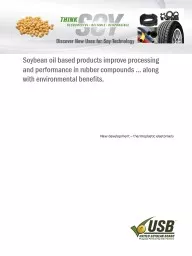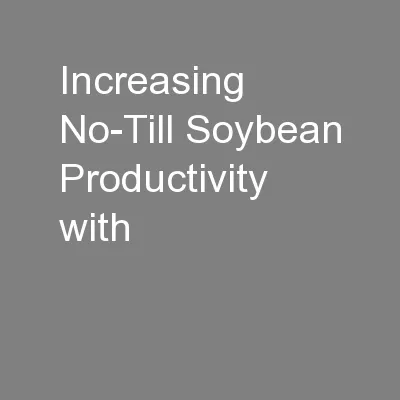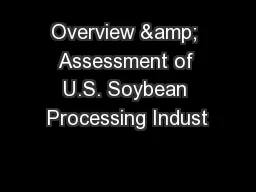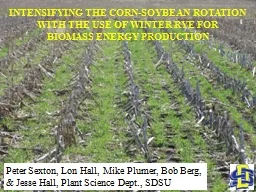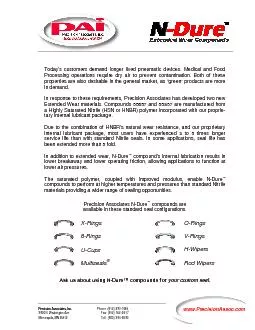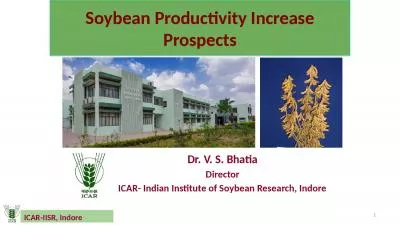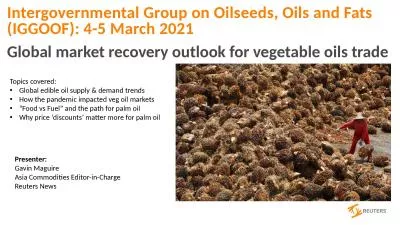PPT-Soybean oil based products improve processing and performance in rubber compounds …
Author : lindy-dunigan | Published Date : 2018-03-07
along with environmental benefits The use of soy oil to make additives for rubber compounds is established in several uses Vulcanized vegetable oil including soy
Presentation Embed Code
Download Presentation
Download Presentation The PPT/PDF document "Soybean oil based products improve proce..." is the property of its rightful owner. Permission is granted to download and print the materials on this website for personal, non-commercial use only, and to display it on your personal computer provided you do not modify the materials and that you retain all copyright notices contained in the materials. By downloading content from our website, you accept the terms of this agreement.
Soybean oil based products improve processing and performance in rubber compounds …: Transcript
Download Rules Of Document
"Soybean oil based products improve processing and performance in rubber compounds …"The content belongs to its owner. You may download and print it for personal use, without modification, and keep all copyright notices. By downloading, you agree to these terms.
Related Documents

